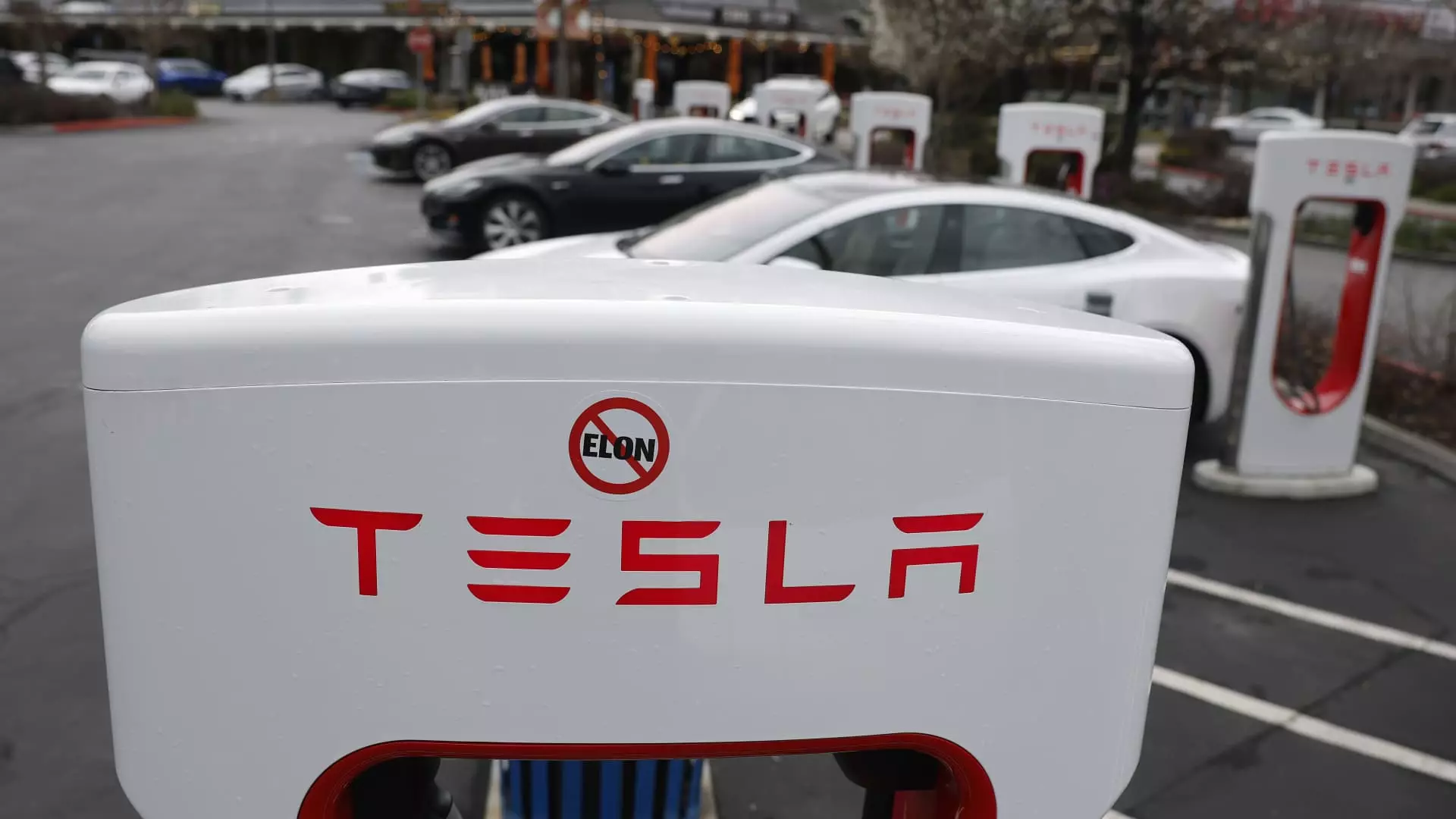The corporate landscape has been tumultuous, with companies both soaring and plummeting as they navigate an unpredictable economy. One of the most striking events recently has been the acquisition of AZEK by James Hardie Industries for a whopping $9 billion. AZEK, which specializes in outdoor products, saw its shares leap by 23% overnight, reminiscent of the euphoric days of speculative trading. Yet, one must wonder whether this spike reflects genuine confidence or simply the market’s overreaction to a headline-grabbing news piece.
James Hardie, on the other hand, did not share the same fortune, with its stock dropping by 11%. This divergence raises important questions about the sustainability of such acquisitions, particularly in an era where investors grow wary of inflated valuations. Is it wise for companies to assume that synergistic advantages can always outweigh hefty premiums? The market’s current reaction seems to suggest that investors harbor doubts about whether such strategies are as beneficial as projected.
Pinterest’s Resurgence: Timing is Everything
In stark contrast, Pinterest’s stock enjoyed a 5% increase following an upgrade by Guggenheim. The analyst’s assertion that the stock had been undervalued, particularly after a recent pullback, is a reminder of the critical importance of timing in today’s market. However, one might argue—it begs the question: Are investors too quick to jump on the bandwagon?
In a culture where might dictates market decisions, a slight positive sentiment combined with an analyst’s recommendation can set off a surge of speculative trading. While it’s certainly exciting to see companies like Pinterest recover, one must tread carefully. Reliance on analysts’ opinions can be a double-edged sword, leading investors down a perilous path. Emotions run high during these swings, which may contribute to a market culture that is more about short-term gains rather than sustainable growth.
Viasat: A Satellite Stock’s Path to Redemption
Viasat’s recent upgrade to buy from hold illustrates the potential for recovery in sectors beleaguered by stiff competition, particularly from industry titan Elon Musk’s Starlink. The telecom world is indeed staking its future on satellite technologies, and with Deutsche Bank presenting vivid analyses regarding its potential for value creation through asset monetization, one can’t help but admire Viasat’s resilient spirit.
Yet there’s a crucial angle many often overlook: the overreliance on catalysts for stock price increase raises questions about true intrinsic value. Investors need to critically evaluate not just the analyst upgrades, but rather the sustainable strategies implemented by these companies in their war against robust competitors. Viasat’s narrative may currently appear optimistic; nonetheless, broader economic realities could just as easily stifle its growth.
Steel Stocks: Shielded and Ready
Steel Dynamics and Nucor have both experienced a 2% boost, attributed in large part to newly strengthened tariffs invoked by the current administration. While the U.S. steel and aluminum markets appear fortified for the moment, the long-term sustainability of such a government-induced expansion remains questionable. Tariff protection can create a cozy atmosphere for companies, but it often fosters complacency.
The debate over the wisdom of protective tariffs is extensive in political circles. Advocates argue they safeguard U.S. industry and jobs, while critics lament their potential to raise consumer prices and trigger retaliatory actions from trade partners. As a centrist-libertarian perspective, one could assert that while constructive measures such as tariffs can offer momentary relief, they often come at the expense of free-market principles, which should ultimately govern trade.
The Turmoil of 23andMe: A Cautionary Tale
After a staggering 44% drop that followed its Chapter 11 bankruptcy declaration, the case of 23andMe acts as a stark reminder of the fragility of market reputations, especially when they rely on gimmicky branding rather than foundational business practices. With the resignation of co-founder Anne Wojcicki, it’s evident that even the most tantalizing concept can descend rapidly into disarray.
The consumer genetics market, saturated with rival offerings, highlights a crucial lesson: success often requires not just novelty but operational stability. It prompts deeper inquiries into risk management and the importance of adaptable business models capable of absorbing shocks. As we step back and evaluate such scenarios, it becomes apparent that the future of innovation must be rooted in economic resilience, not mere trend-chasing.
As corporate America continues to churn in this dynamic landscape, the outcomes of these developments will dictate investor sentiment and corporate resilience. Each headline reflects a deeper narrative of ambition, risk, and the relentless bargaining that underscores our nation’s economic engine.

